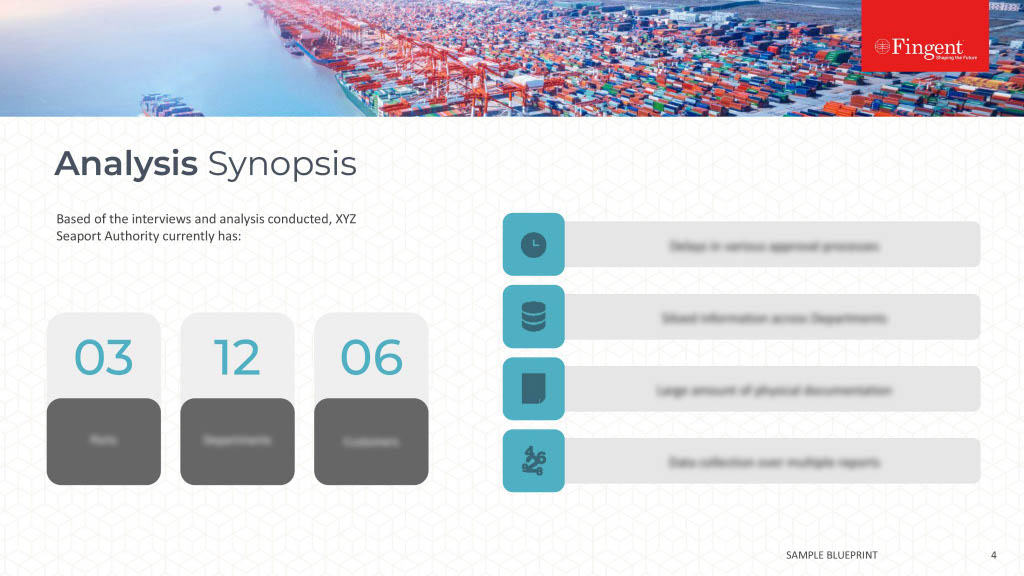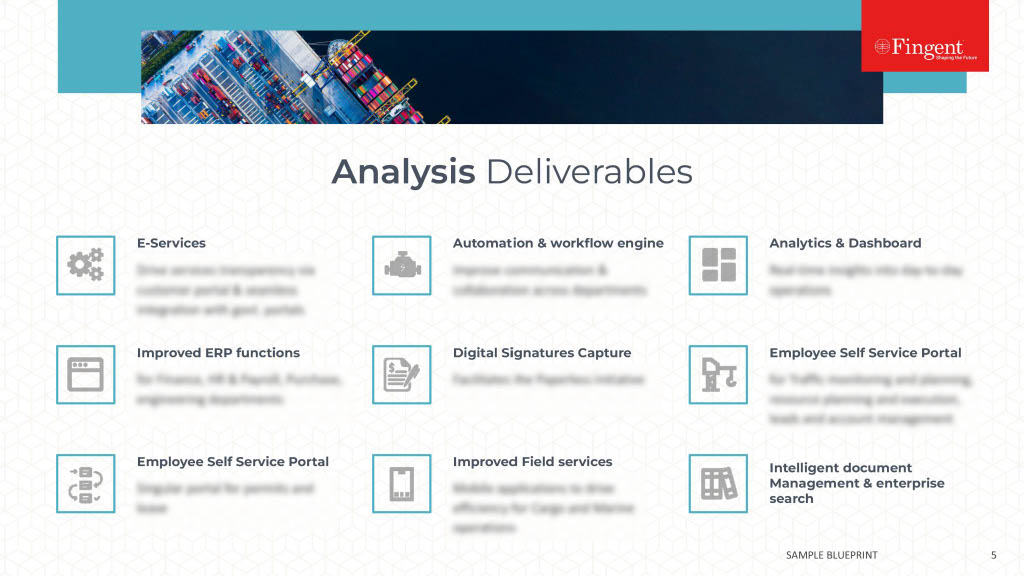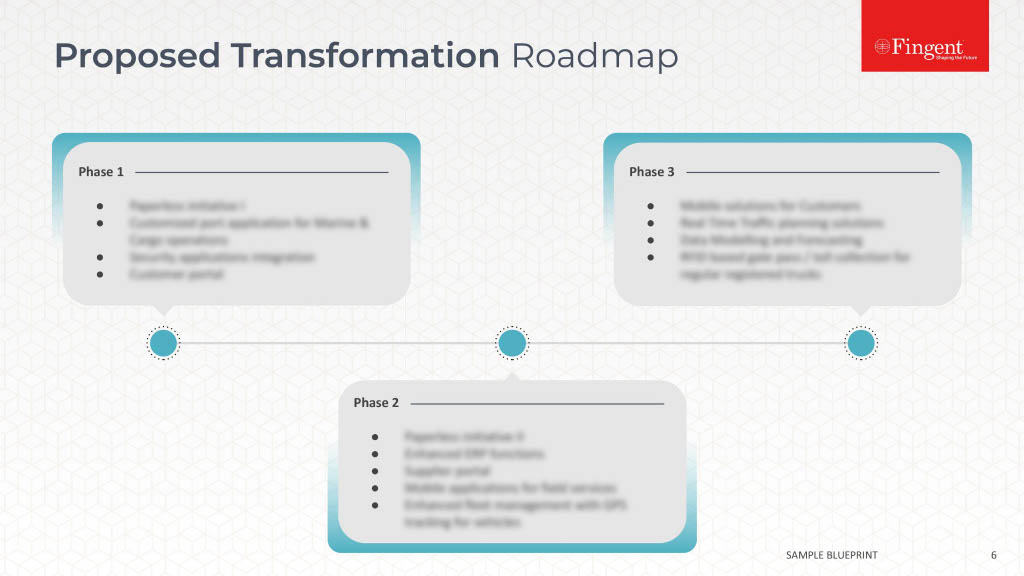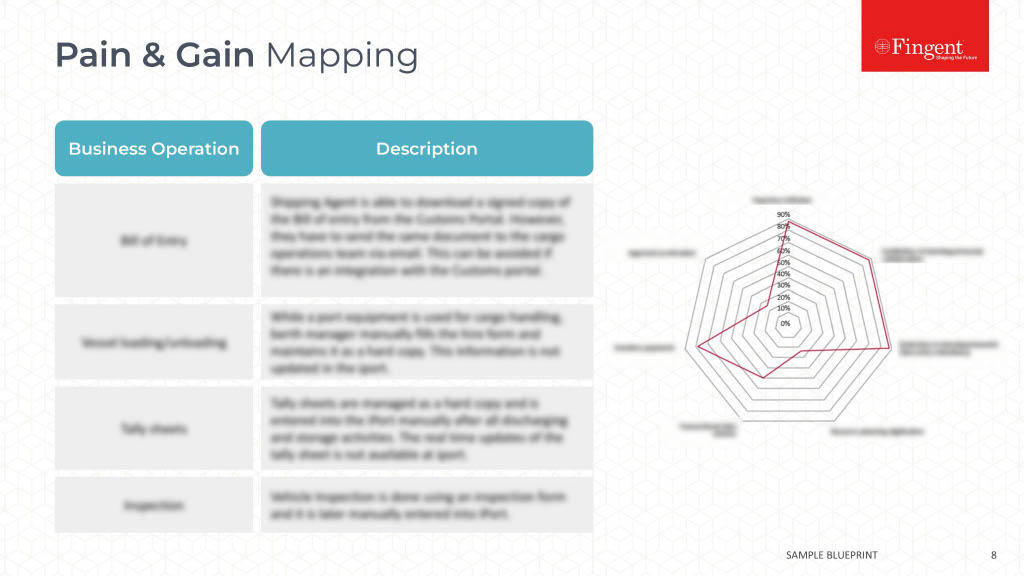AI for Effective Regulatory Compliance and Anti-Money Laundering
The growing significance of AI in financial risk mitigation and integrity preservation

Increasing Volume of Financial Data: Conventional compliance and AML systems aren't programmed to handle the mounting volume of complex digital transactions performed in real-time, especially instant international payments.
Rise in False Positives: Traditional AML systems flag too many lawful transactions or customer activities as suspicious, increasing the false positive rates. This can contribute to analyst burnout as they need to manually verify each transaction or user activity.
Inability to Adapt: Money laundering tactics are unfolding in unimaginable ways. AML systems that lack predictive and pattern recognition abilities fall short in detecting and curbing hidden, evolving crime typologies.
Data Fragmentation and Silos: Fragmented data spread across multiple legacy applications prevent compliance teams from getting a comprehensive and reliable view of their customers' genuine risk profiles.

Years of Partnership:
Extended Team Size:
Years of Partnership:
Extended Team Size:
Years of Partnership:
Extended Team Size:
Years of Partnership:
Extended Team Size:
Years of Partnership:
Extended Team Size:
Years of Partnership:
Extended Team Size:
Contact Us
Sample Blueprint



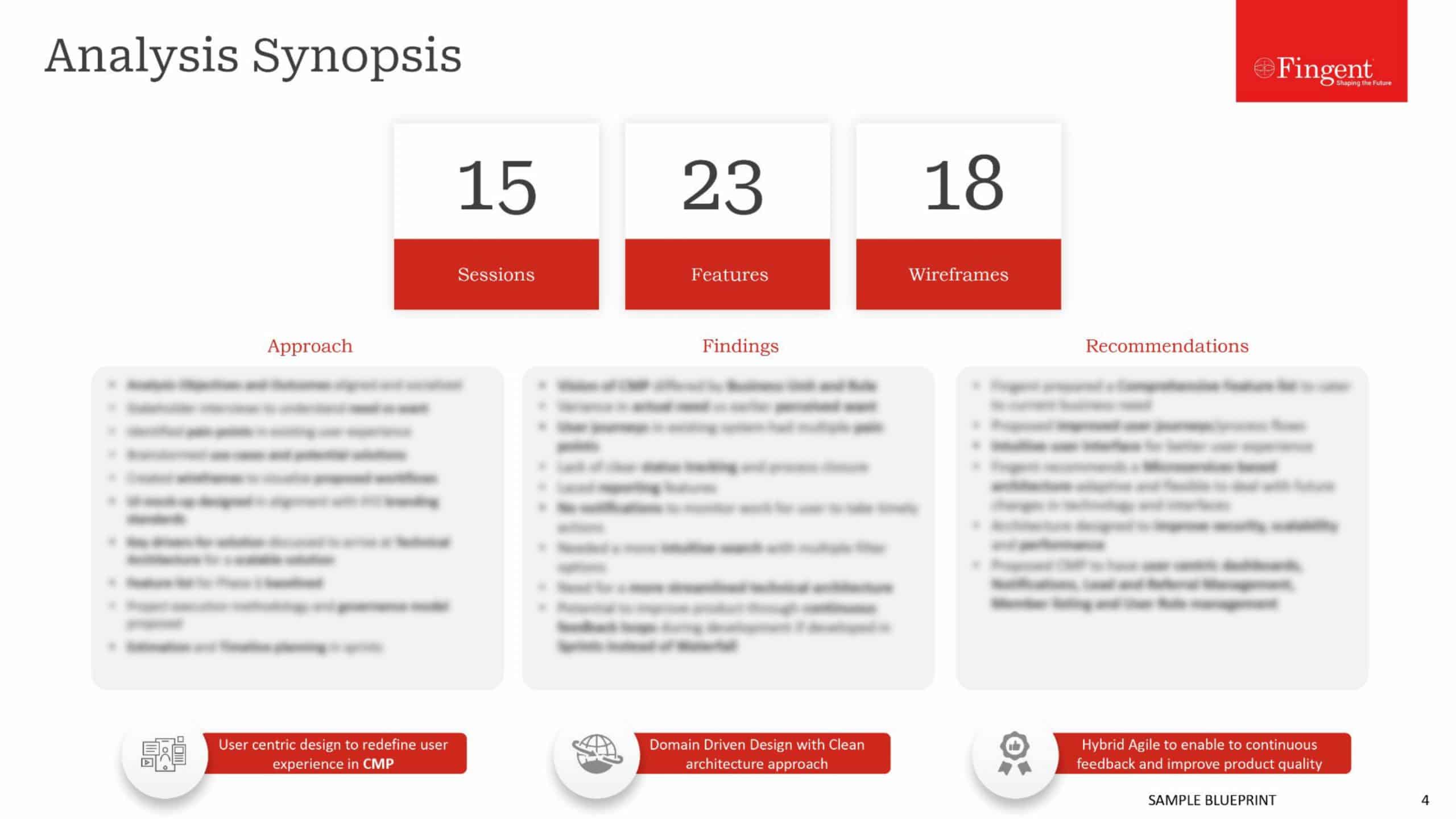

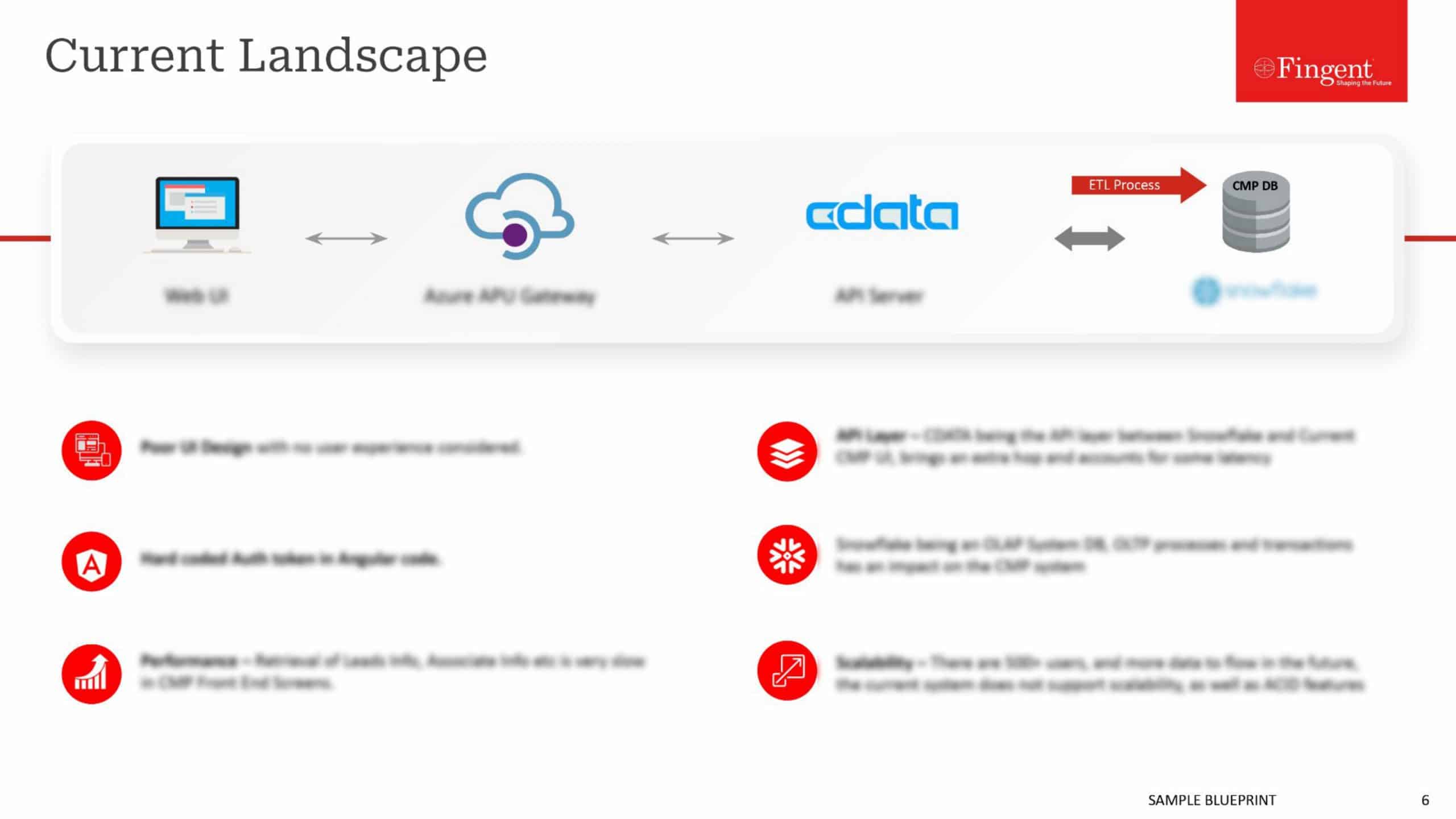

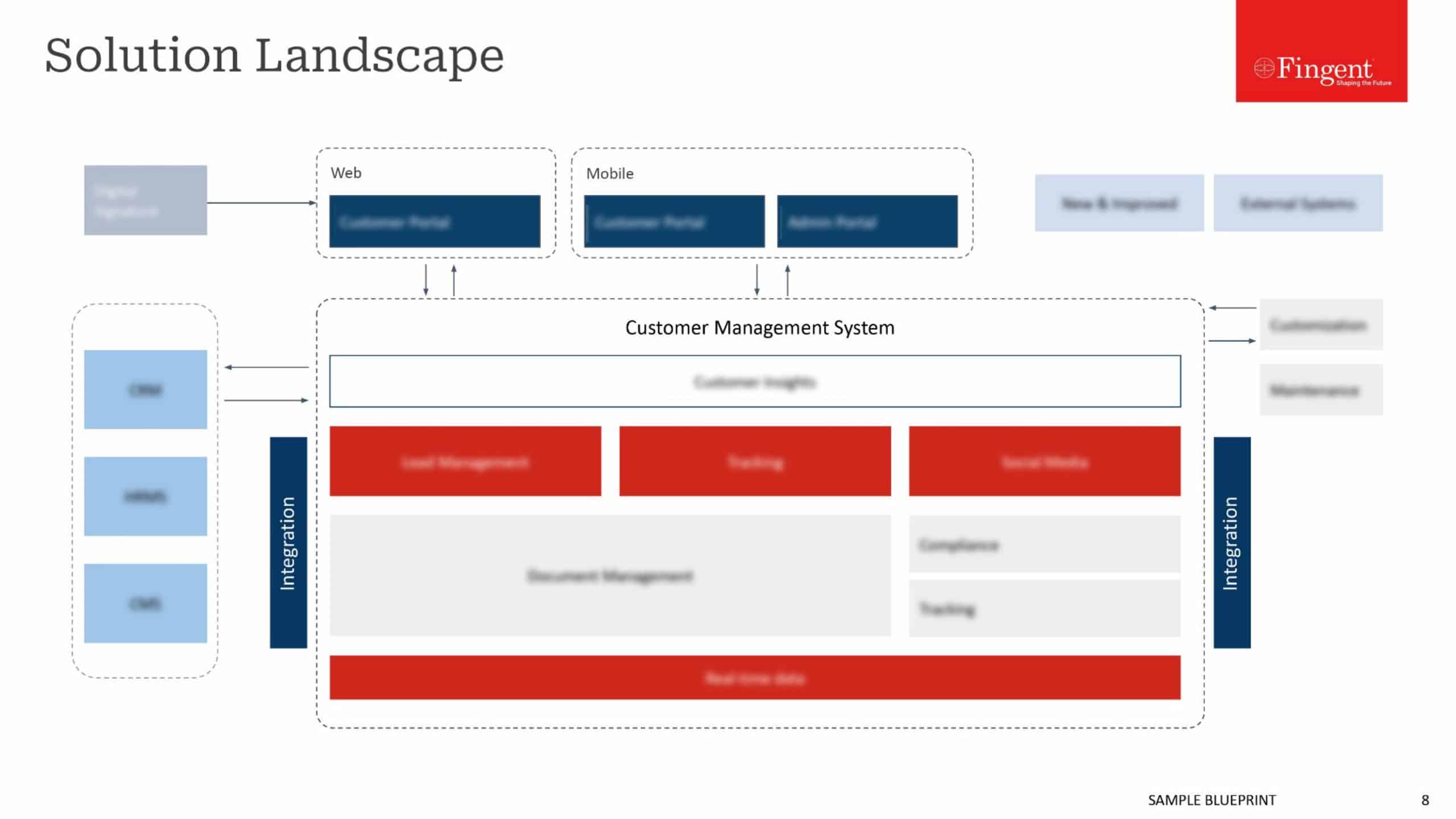
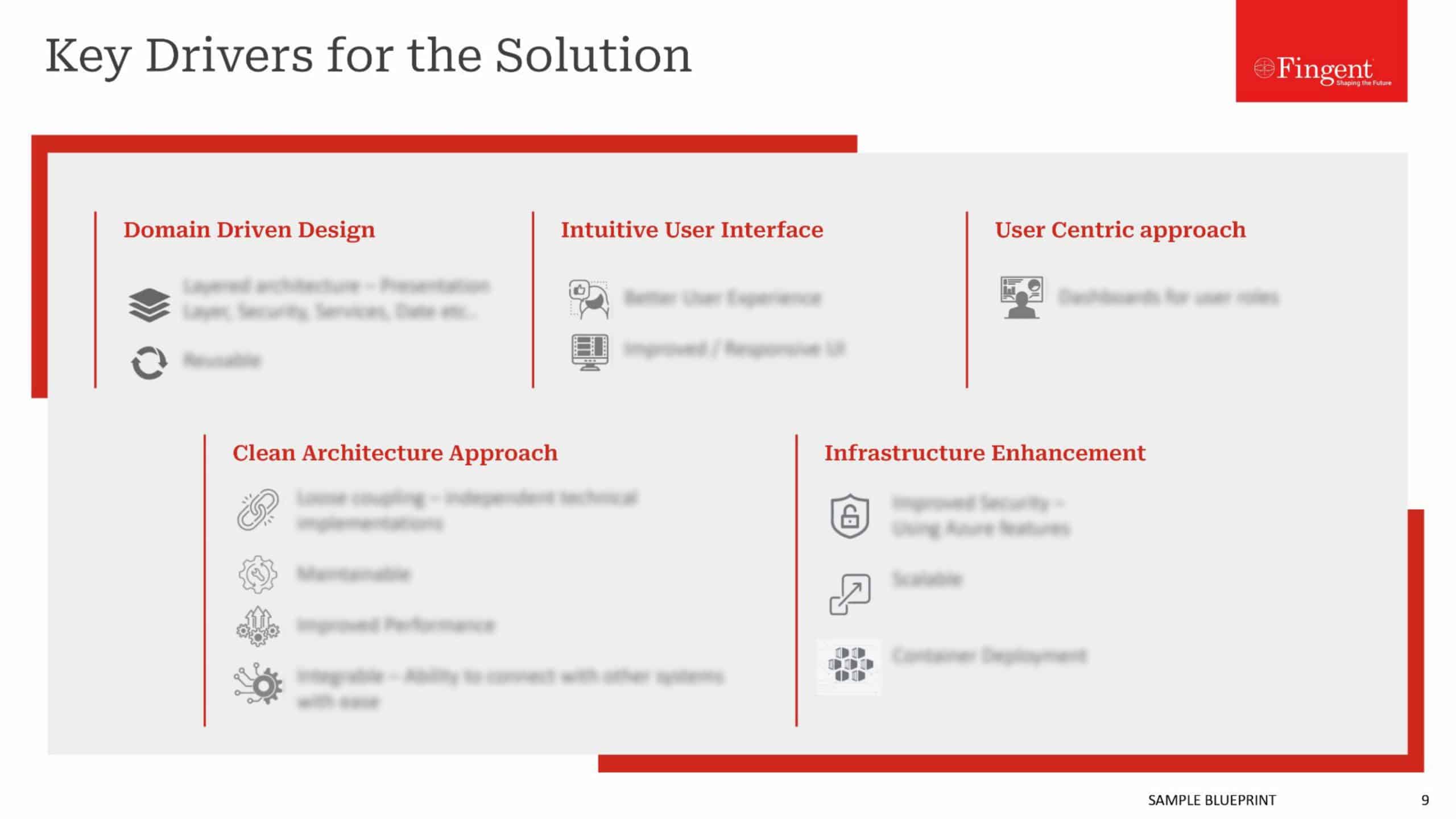
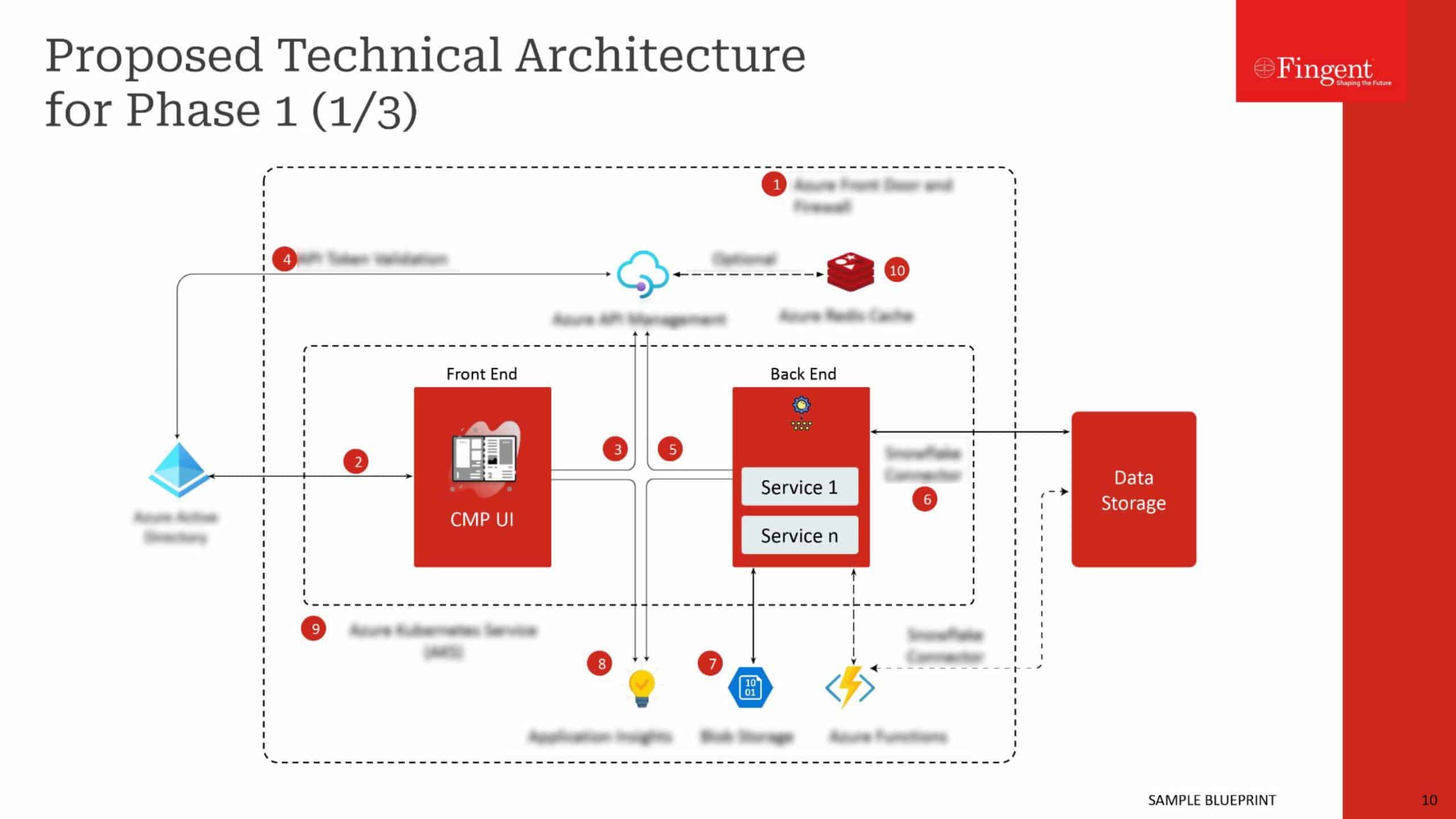

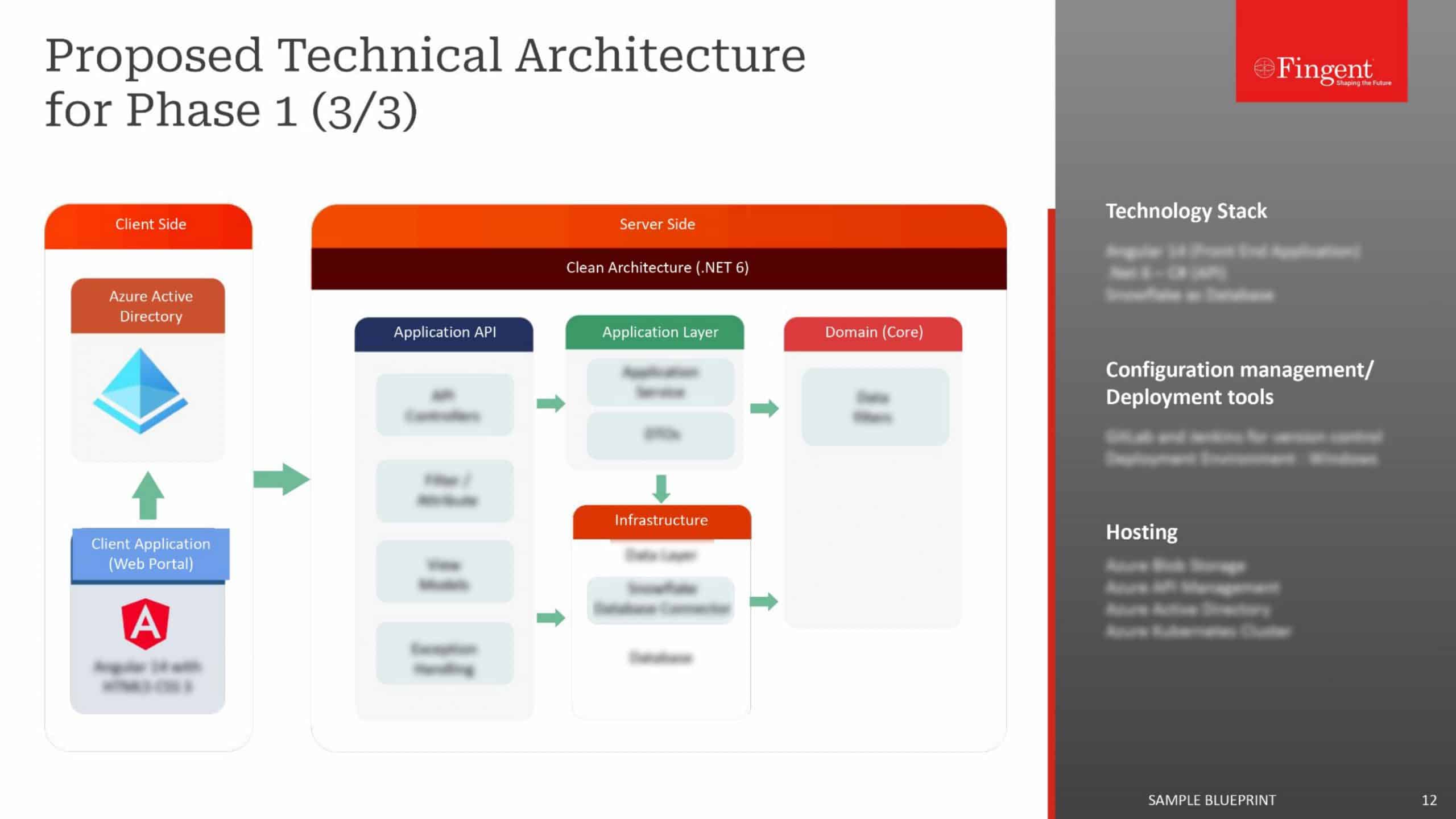
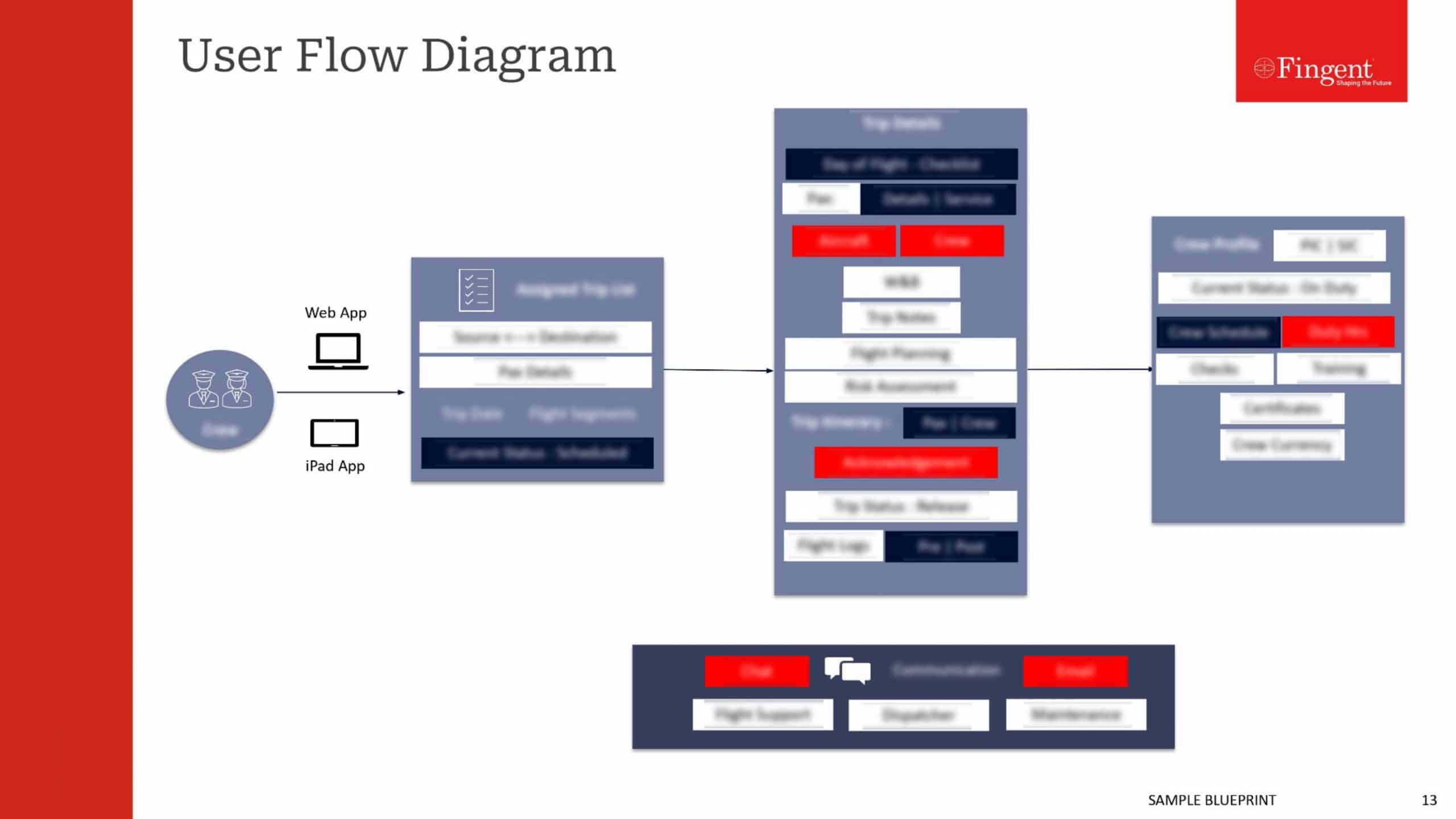


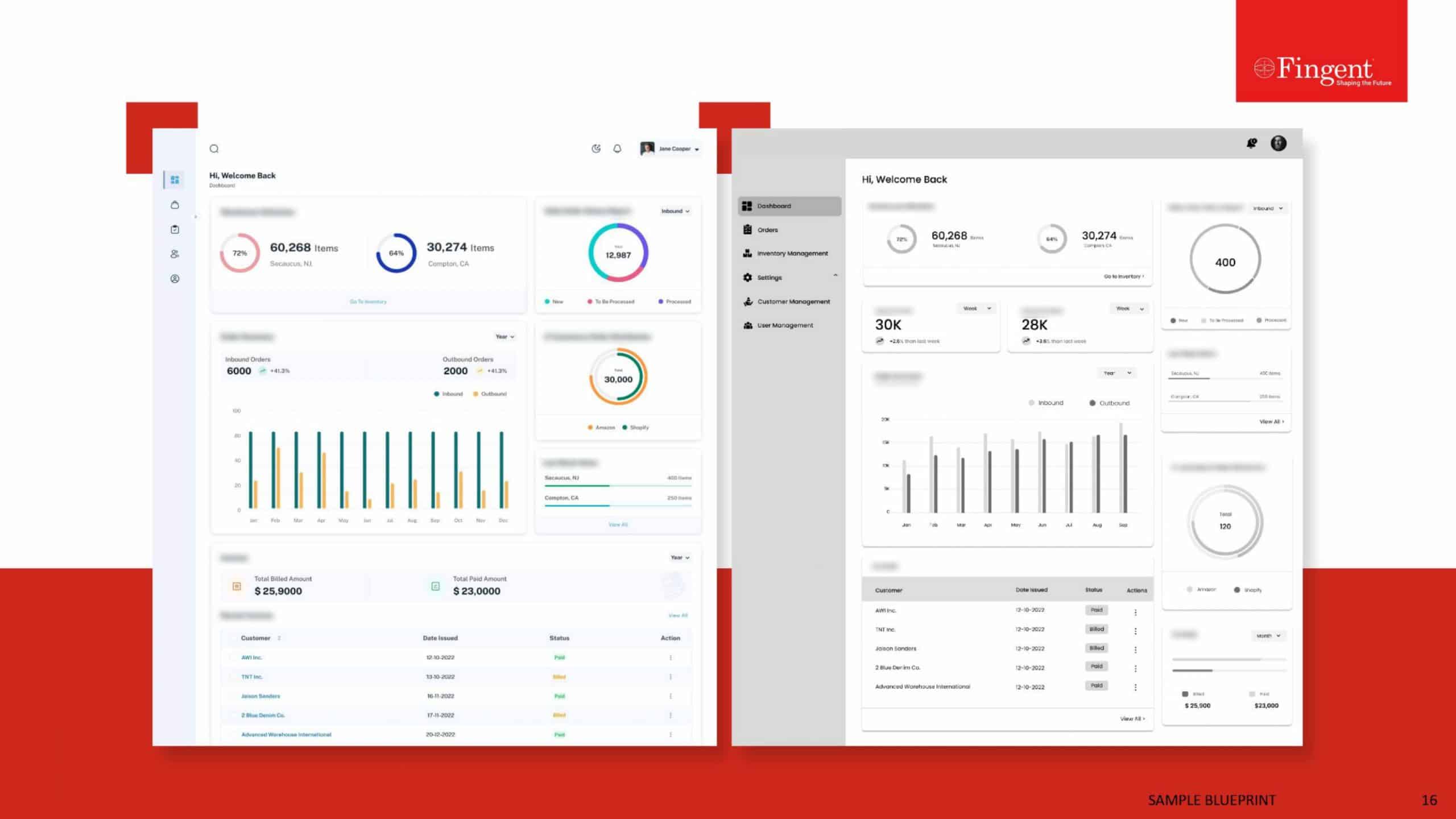



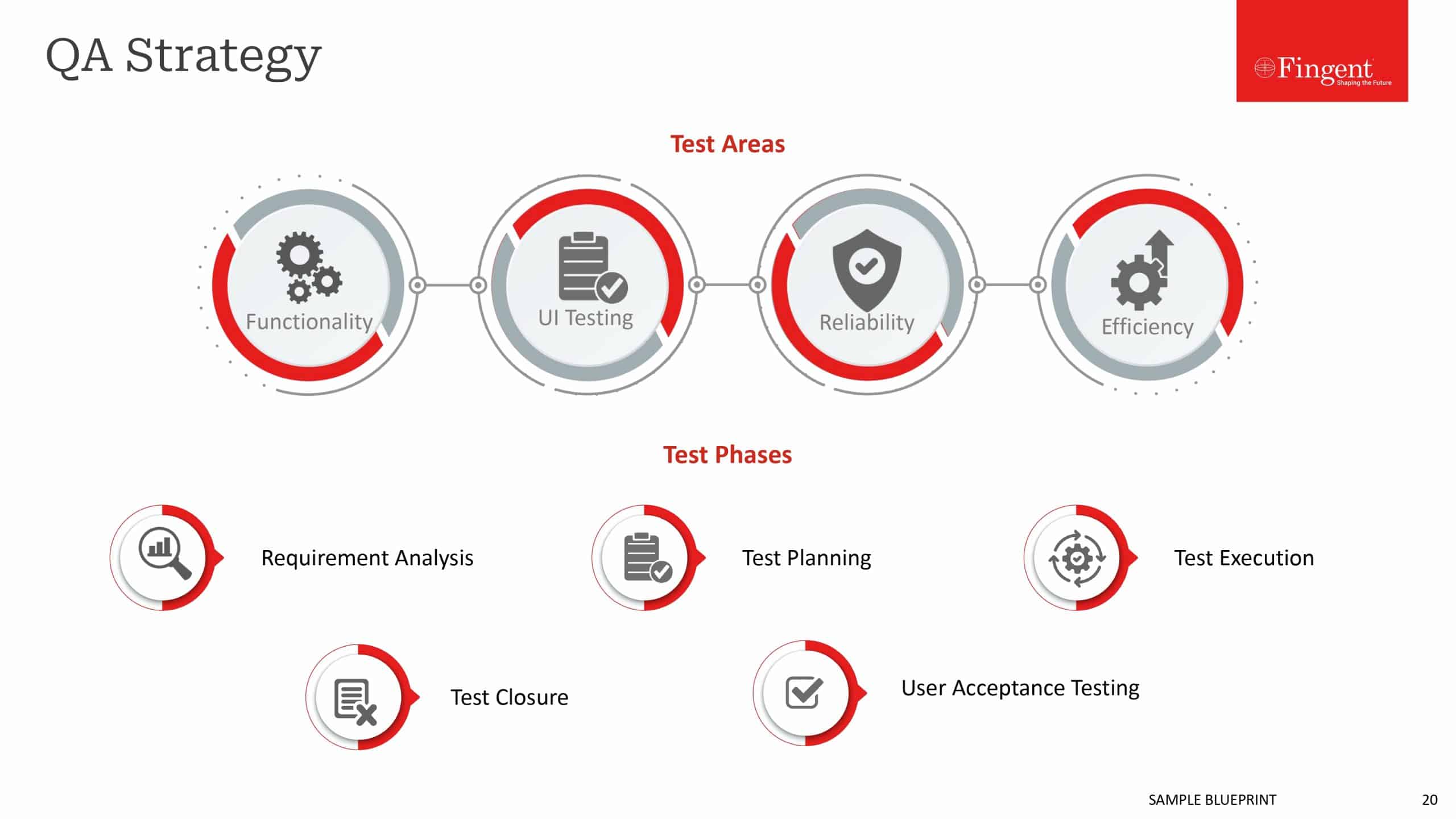

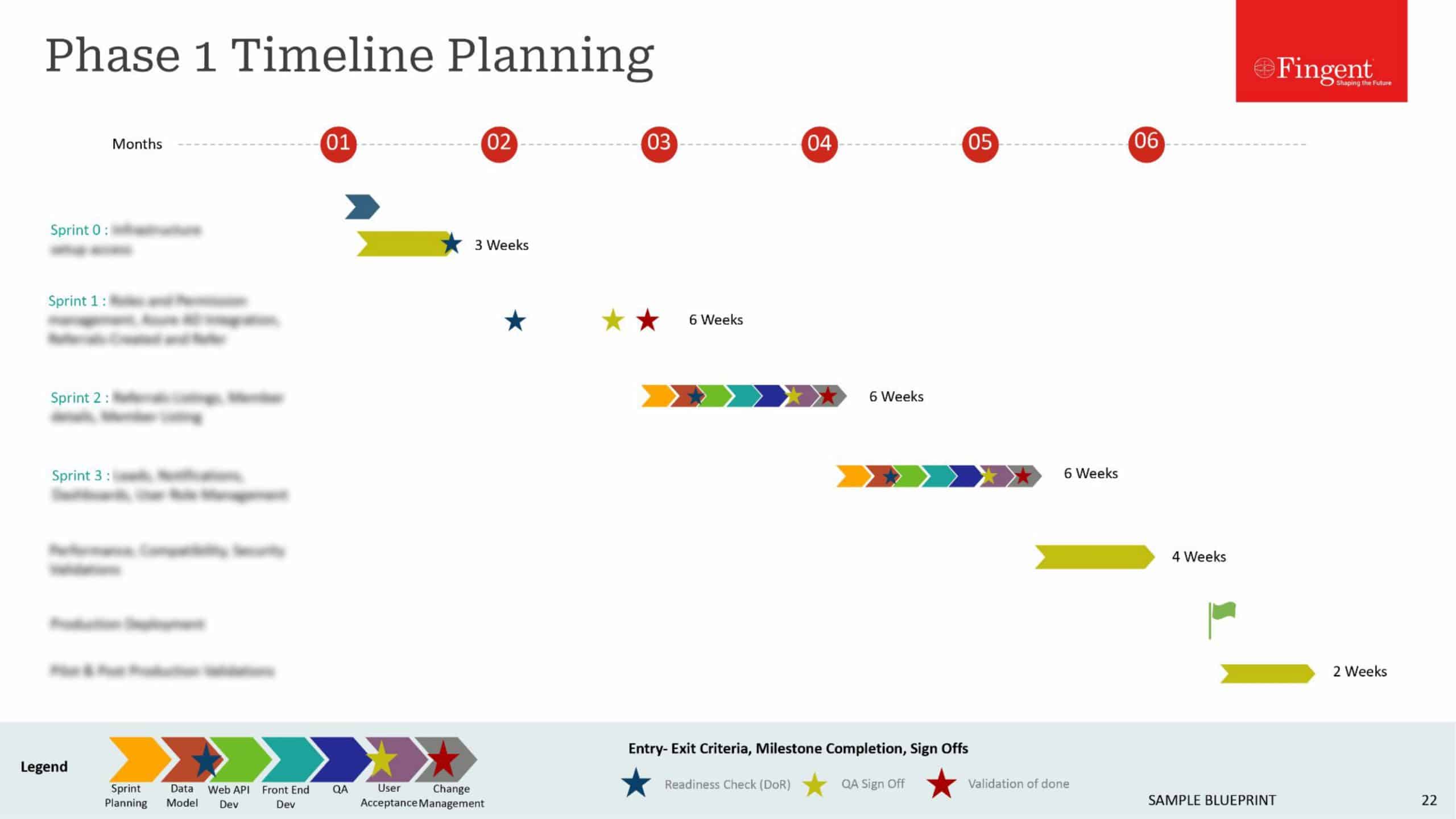

Sample Blueprint



